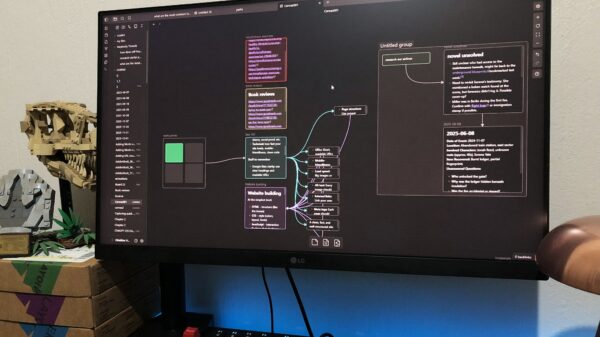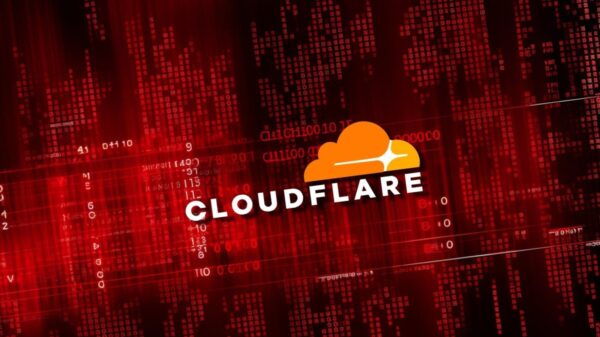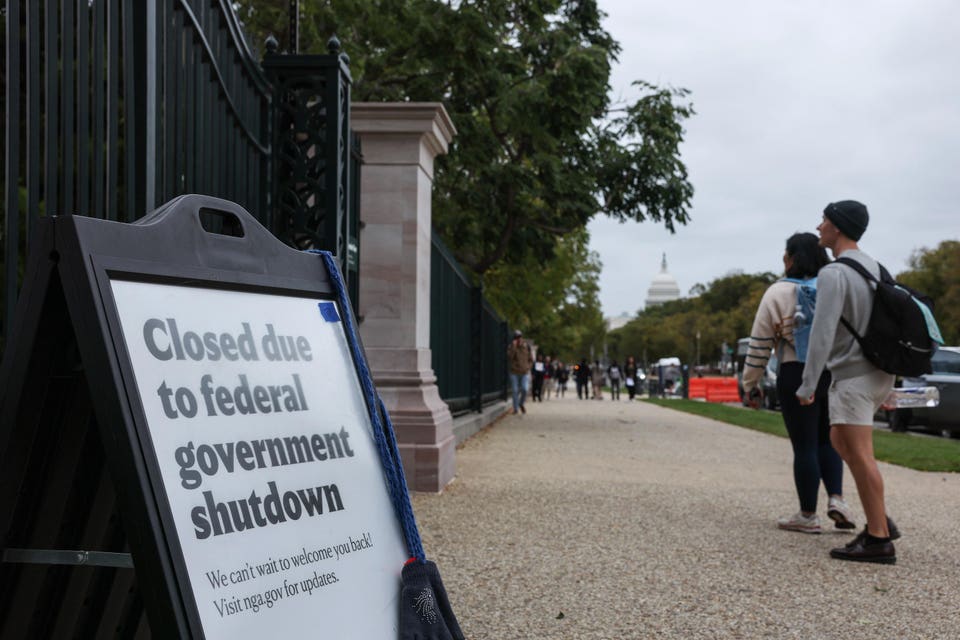A federal judge has issued a ruling that prevents the Trump administration from laying off government employees during the ongoing government shutdown, at least for the next two weeks. This decision, announced on Wednesday, comes amid concerns about the impact of the shutdown on federal workers and their families.
The judge’s ruling is significant as it provides temporary job security for numerous government employees affected by the shutdown. The administration had planned to implement layoffs in response to the funding impasse, but this ruling halts those efforts for the time being.
While the shutdown began on December 22, 2018, negotiations to resolve the budget dispute remain stalled. The judge’s intervention highlights the legal complexities surrounding the federal workforce during periods of funding gaps.
Implications for Federal Workers
The ruling offers a reprieve to those facing uncertainty in their employment status. Reports indicate that many government employees have already experienced financial strain due to delayed paychecks and reduced work hours. According to a statement from the judge, the administration’s approach to managing the shutdown raises serious concerns about its legality and the rights of federal workers.
The Trump administration, which has expressed frustration over the ongoing negotiations, has not yet commented on the ruling. As the situation develops, the administration may seek to appeal the decision or adjust its strategy regarding workforce management during the shutdown.
Future Developments
As the judge’s decision only provides temporary protection, the future of government employment remains uncertain. The implications of the ruling could extend beyond the two-week period if ongoing negotiations fail to yield a resolution. Federal employees, unions, and advocacy groups will likely continue to monitor the situation closely.
This developing story will be updated as further information becomes available, particularly regarding the administration’s response and any potential changes in the legal landscape surrounding the shutdown. The situation underscores the critical intersection of government policy and the livelihoods of those who serve the public.





































































